By Philip Uwaoma
- In late December 2023, Xiaomi announced its entry into the electric vehicle (EV) market with the Xiaomi SU7, a high-performance electric sedan aiming to rival Tesla and Porsche.
- The name "SU7" signifies "Speed Ultra" and incorporates positive cultural symbolism with the number "7" in Chinese.
- The Xiaomi SU7 boasts hypercar-like power and acceleration, reaching 0-60 mph in just 2.78 seconds. Despite its competitive performance, it offers a significantly lower price compared to other high-performance EVs.
- The SU7 runs on Xiaomi's proprietary HyperOS, providing seamless connectivity with Xiaomi devices.
On 28 December 2023, renowned smartphone maker Xiaomi officially announced its venture into the electric vehicle (EV) market with its first electric sedan, the Xiaomi SU7. The SU7 could revolutionize the EV landscape with a unique value proposition.
Leveraging what the company calls a "super electric motor" technology, CEO Lei Jun claims the new Xiaomi car will be as fast as Tesla and Porsche's EVs. Also, the Xiaomi SU7 integrates the phone maker’s familiar operating system to deliver a seamless mobile app experience enjoyed by users of the brand's smartphones and electronic devices. The car's performance, design, and mobile technology integration make it a compelling option for consumers itching to embrace the future of automotive innovation.
"Xiaomi is a well-established consumer electronics brand with hundreds of millions of 'Mi Fans', or members of its smart device ecosystem," said Bill Russo, CEO of Shanghai-based advisory firm Automobility. With aspirations to join the ranks of the world's top five automakers, Xiaomi's entry into the EV market has serious potential to upset the industry.
See also: Check Out The ₦22 Million Citroen e-C3 Electric Supermini Coming To Town This October
What Is SU7?
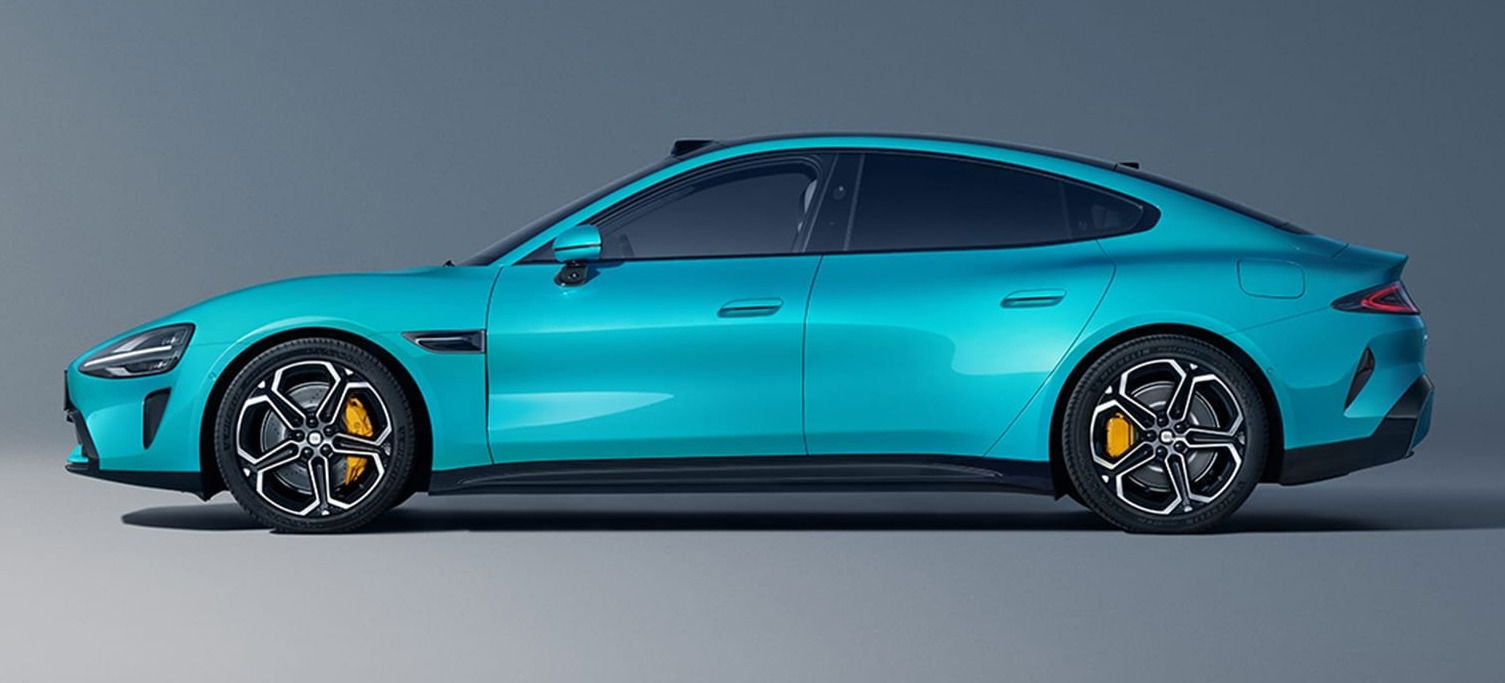
The meaning of "SU7" in Xiaomi's car carries significant depth and cultural symbolism. "SU" stands for "Speed Ultra," highlighting high performance. This emphasizes Xiaomi's dedication to speed and agility, showcasing the brand's commitment to delivering high-performance electric vehicles.
The number "7" in SU7 has cultural significance, as the pronunciation of "7" in Chinese is "Qi." In Chinese culture, the number seven is considered auspicious and carries positive connotations related to good fortune, harmony, and spiritual perfection.
The use of the number "7" reflects Xiaomi's intention to infuse the SU7 with positive energy and create a sense of positivity and auspiciousness in the driving experience. The pronunciation of "Su Qi" is designed to be easy on the ears, creating an intimate and approachable connection between the driver and the vehicle.
In essence, the name SU7 reflects not only Xiaomi's commitment to high-speed performance but also a deliberate choice to incorporate positive cultural symbolism into the vehicle's identity.
The Xiaomi SU7 Design
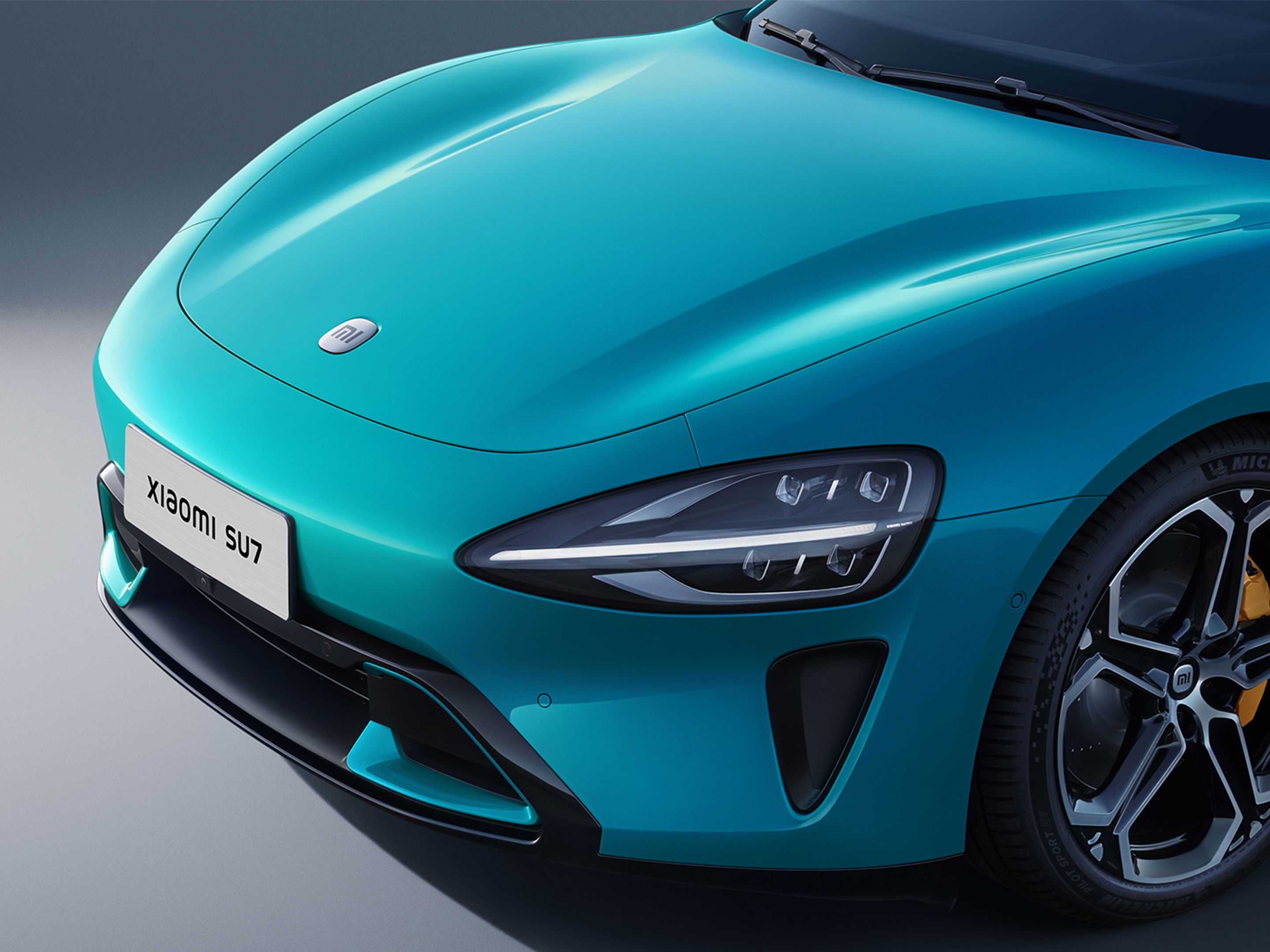
The new SU7 sedan makes a first impression with a sleek design mirroring high-performance hypercars, complete with a set of aggressive headlights, a modern interior, and a minimalist aesthetic. However, the smartphone maker cum carmaker matched the new sedan’s striking aesthetics with powerful performance capabilities.
Xiaomi SU7’s HyperOS And Cutting-Edge Technology
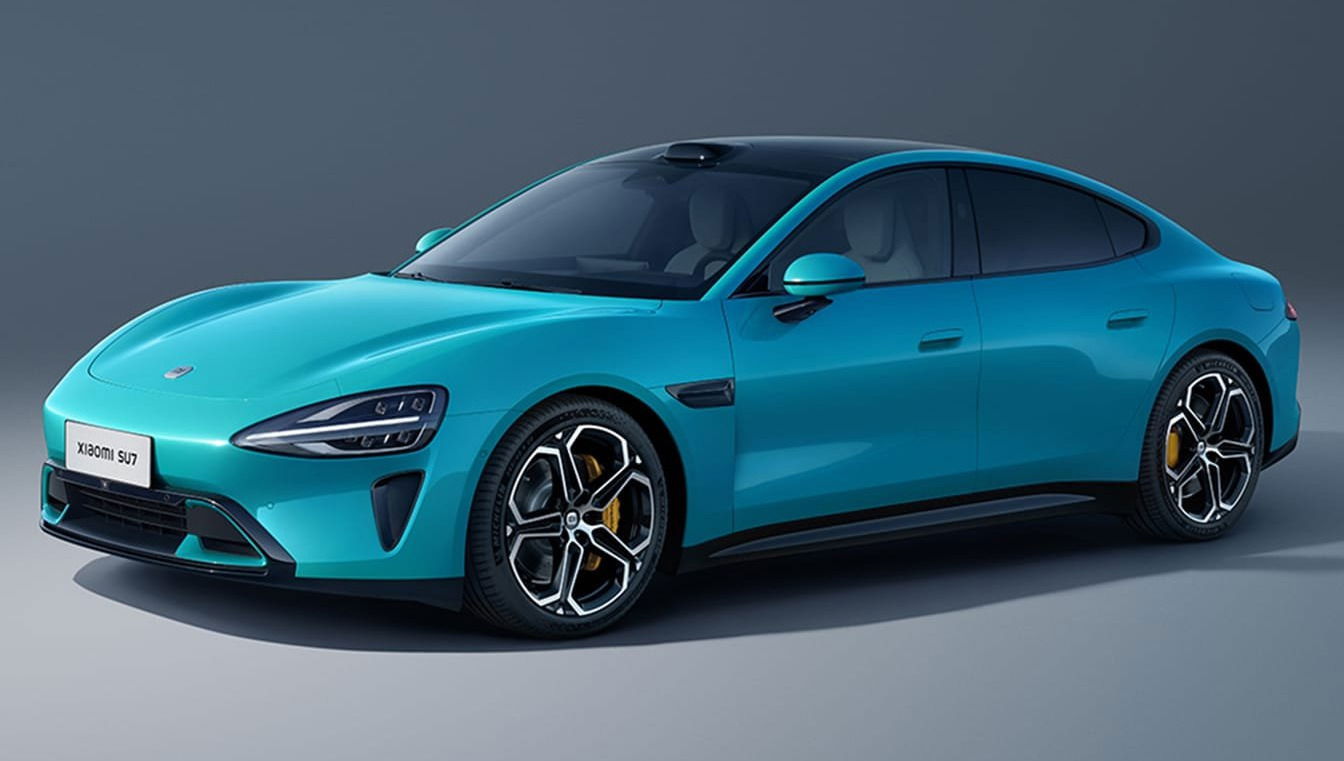
The SU7 runs on Xiaomi's proprietary HyperOS, enabling seamless connectivity with Xiaomi phones and accessories, adding a futuristic touch to the driving experience. Xiaomi HyperOS is a human-centric operating system designed for the "Human x Car x Home" smart ecosystem.
It is built to efficiently maximize a wide variety of device hardware capabilities for ultimate single-ended performance.
HyperOS offers precise hardware resource scheduling for ultimate smoothness and improved power performance. It also provides high computing power, fast task scheduling, and supports flexible distributed collaborative computing to maximize lightweight device performance.
One of the key features of Xiaomi HyperOS is its efficient file system, which enables continuous smooth performance and near-zero attenuation over 50 months of IO performance. The operating system also supports flexible distributed collaborative computing and heterogeneous compatibility.
See also: Now Taking Orders: 2024 Acura ZDX Electric Performance SUV – Review
In addition to technical improvements, HyperOS also features a revamped graphics subsystem, including a new render pipeline, complex rendering support, dynamic visuals, and flexible window interaction.
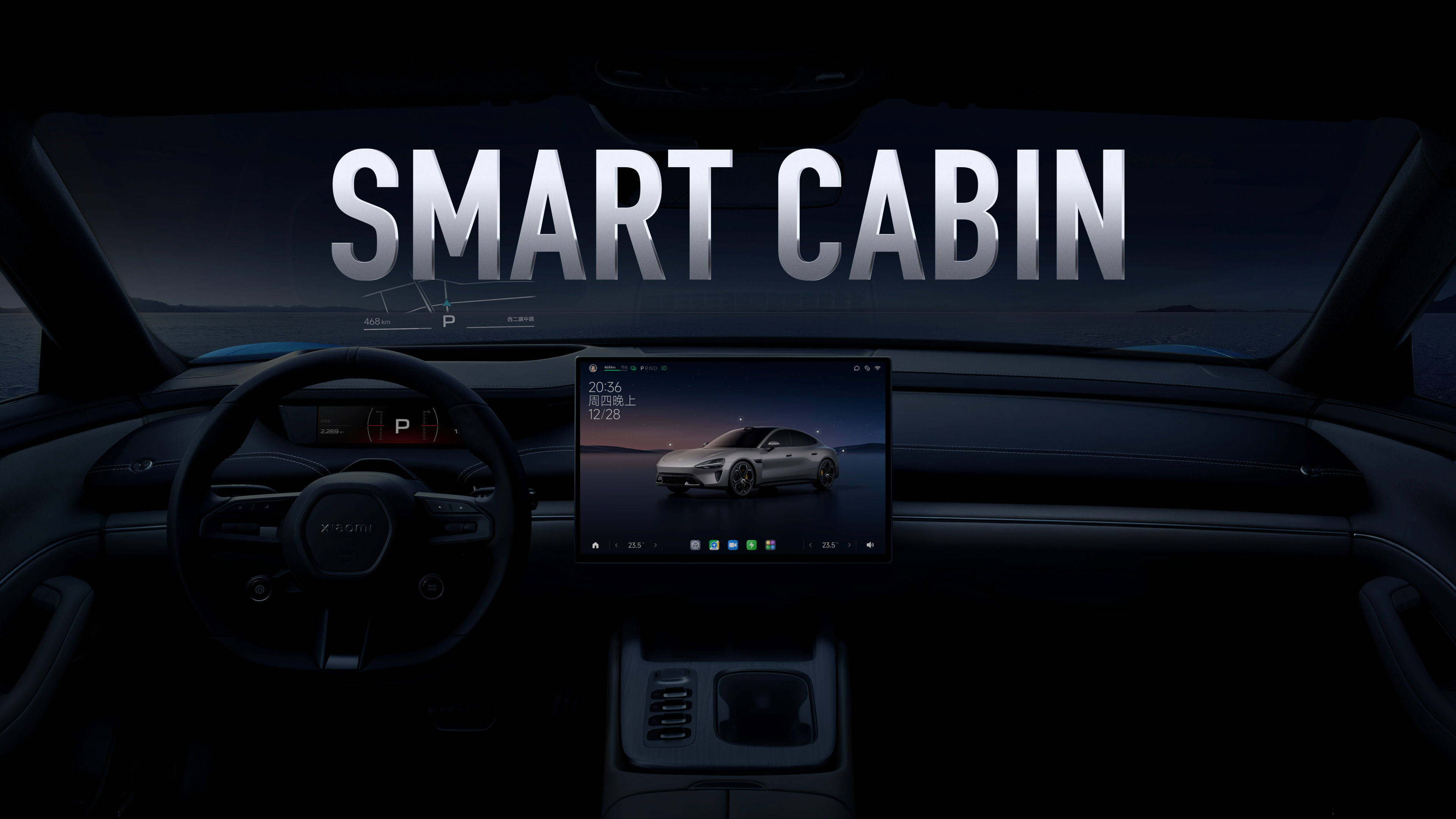
The interface leans towards a modern, nature-inspired aesthetic, offering a vibrant and intuitive user experience. Furthermore, Xiaomi HyperOS has been leaked to roll out for selected phones with Global, EEA, and India firmware in the first quarter of 2024.
The first 11 smartphones expected to receive the Xiaomi HyperOS Global software update include Xiaomi 13T, Xiaomi 13T Pro, Xiaomi 12T, Xiaomi 11T, Xiaomi 13, Xiaomi 13 Pro, Xiaomi 13 Ultra, POCO F5, POCO F5 Pro, Redmi Note 12 4G/4G NFC, and Redmi Note 12S.
Xiaomi's foray into EVs aligns with its strategy to diversify beyond smartphones, mirroring moves by fellow tech giants Huawei and Baidu’s collaboration with automakers. With a $10 billion investment commitment over a decade and approval from authorities, Xiaomi partners with state-owned BAIC Group for automobile production in a Beijing factory capable of minting 200,000 vehicles annually.
Furthermore, Lei emphasized the forefront autonomous driving capabilities of Xiaomi cars, signaling a commitment to continuous innovation. Besides the SU7’s in-house developed HyperOS in-car system, the car comes equipped with advanced features such as LiDAR remote sensing technology and face recognition unlocking function.
The SU7’s Hypercar Performance
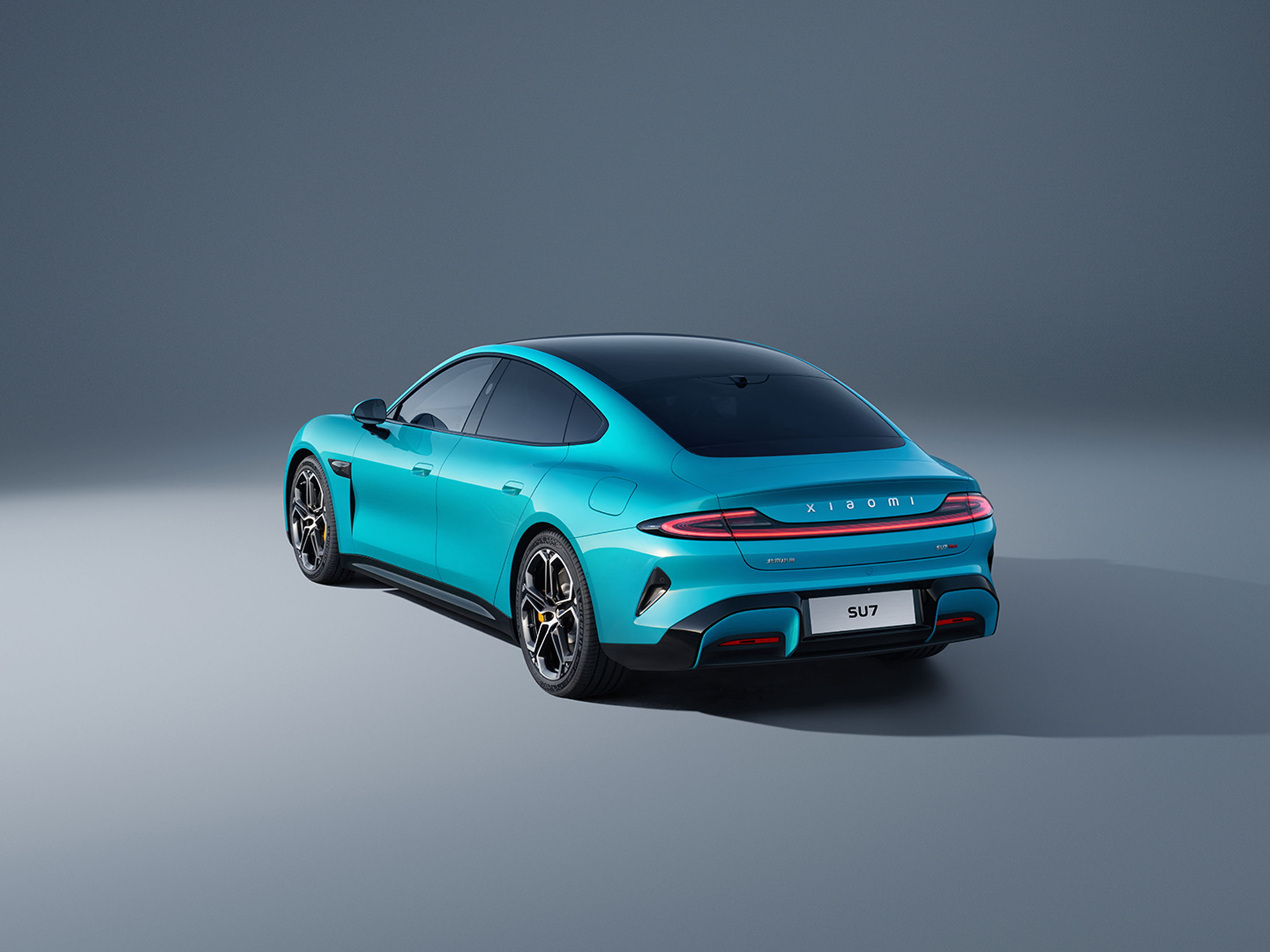
One of the Xiaomi SU7’s most noteworthy features is its hypercar-like power and acceleration. With enough oomph to accelerate from 0 to 60 mph in an astounding 2.78 seconds, the SU7 promises a hypercar driving experience at less than a fraction of the cost.
For comparison, the caliber of cars with that much performance include the likes of Tesla Model S Plaid, which can go 0-60 mph in about 1.98 seconds, the Bugatti Chiron Super Sport 300+, achieving it in around 2.3 seconds, and the Porsche 911 Turbo S, boasting a 0-60 mph time of approximately 2.2 seconds.
This Chiron, propelled by an 8.0-liter quad-turbocharged W16 engine, gained notoriety for reaching a top speed of over 300 mph to become one of the world’s fastest production cars. On the other hand, the 2024 Porsche 911 Turbo S features a 3.7-liter twin-turbocharged flat-six engine cranking out a mighty 640 horsepower.
Now, while the Super Sport 300+ has a starting price well above $3 million (N2.698 billion at N899.10/$) and the 2024 911 Turbo S starts around $200,000 (N179.820 million), Xiaomi’s SU7 has no combustion power mill, makes a pounding 644 horsepower, and will only set customers back an estimated Yuan equivalent of around N30 million.
The SU7’s performance figures, eye-catching design, smartphone OS-derived vehicular technology, and comparatively rock-bottom pricing promise exciting times in the EV horizon, not only for premium European and American brands like Porsche and Tesla but also for cheaper Chinese brands like BYD.
After all, BYD’s range-topping HAN EV trails behind the SU7’s performance capabilities, making it to 60 mph in 3.9 seconds against the Xiaomi SU7’s 2.8 – and this BYD asks for the equivalent of $31,400 (N28.232 million) to get started.
The Xiaomi SU7 Models And Battery Capacity
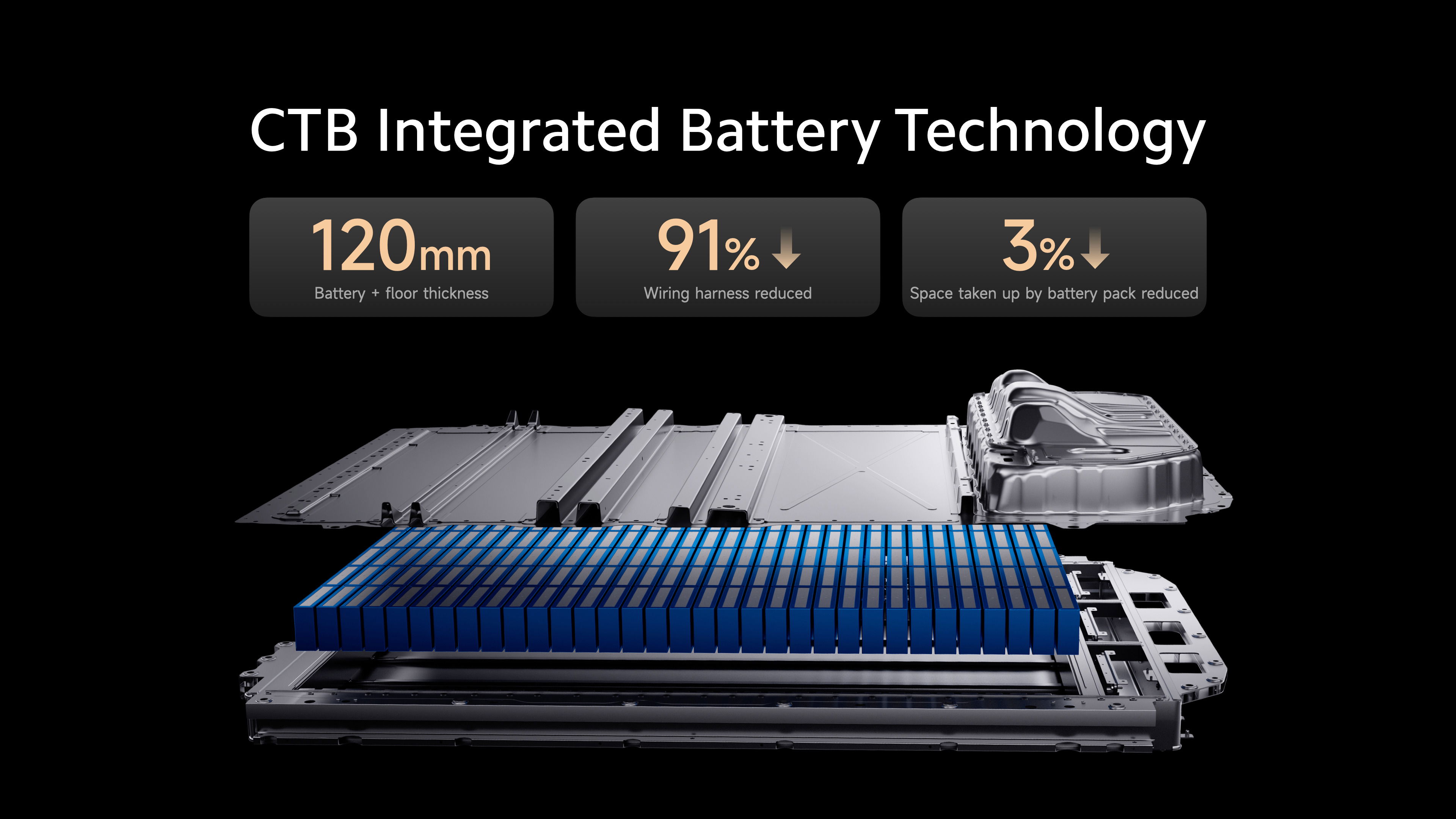
The Xiaomi SU7 comes in multiple variants with rear-wheel drive and dual-motor all-wheel-drive configurations. The variants will offer buyers the choice between two battery options, providing long and longer ranges.
Xiaomi is offering two SU7 models: the standard SU7 and range-topping SU7 Max. The first will feature a rear-wheel drivetrain, 220 kW e-motor, and BYD-derived LFP battery pack (for the cheaper trim) or Toyota’s CATL-derived Ternary NMC (Nickel Manganese Cobalt) battery (for the more expensive trim).
Weighing an impressive 1,980 kg (curb weight), the standard SU7 sedan’s lower trim achieves a top speed of 131 mph.
The upper-model Xiaomi SU7 Max features an all-wheel drivetrain, 495 kW maximum power (220 kW + 275 kW) e-motor, BYD-derived LFP battery pack (for the cheaper Max trim) or CATL-derived Ternary NMC battery (for the more expensive trim). Weighing 2,205 kg (curb weight), the SU7 Max achieves a top speed of 165 mph.
The Xiaomi SU7 Electric Range
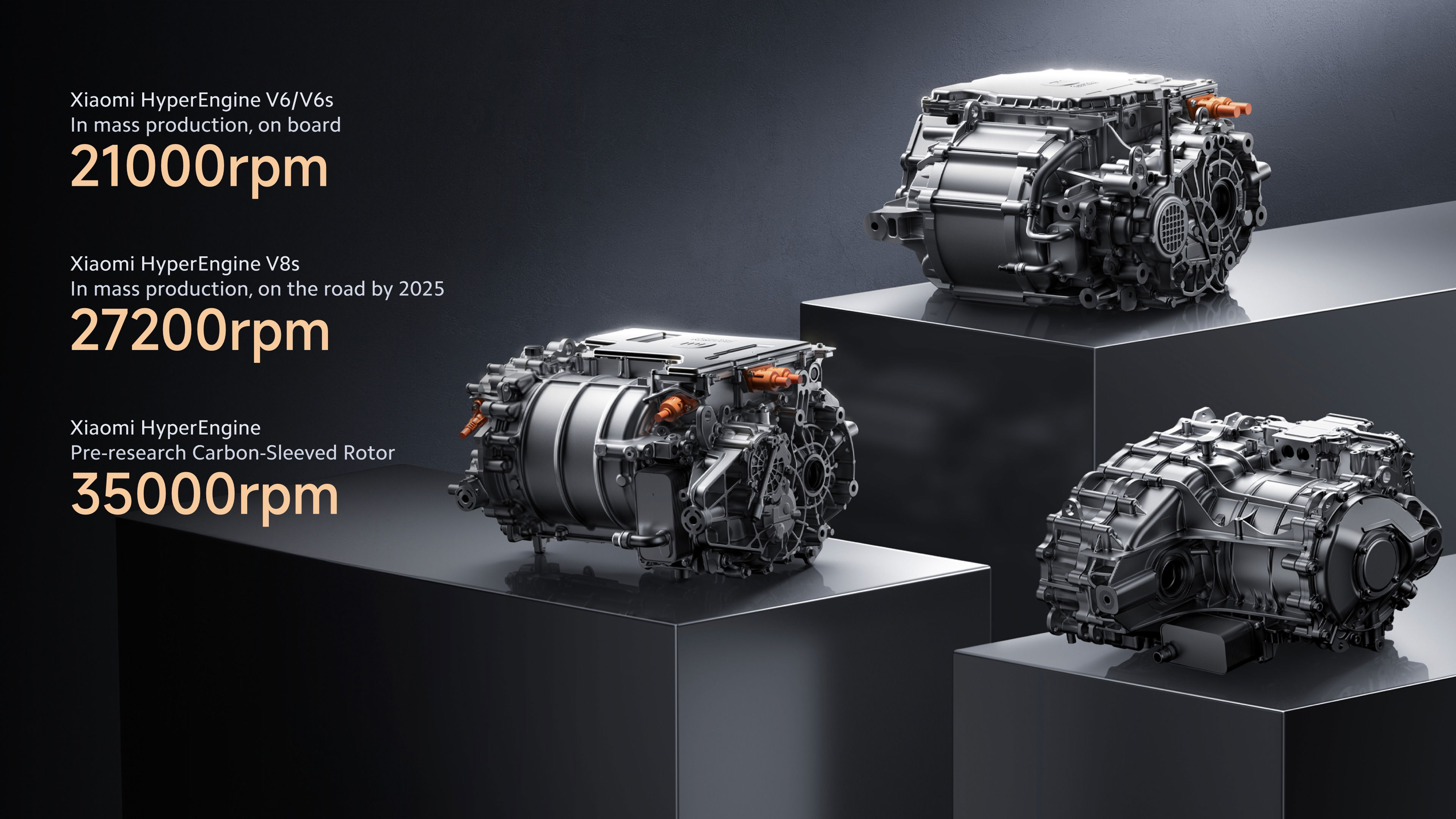
The SU7’s electric range, besides its innovative design and dream car performance, contributes to its disruptive credentials. The standard Xiaomi SU7, equipped with a 220 kW motor and a 73.6 kWh battery capacity, returns a range of approximately 415 miles under the CLTC (China Light-Duty Vehicle Test Cycle) standard.
The Xiaomi SU7 Max model, on the other hand, boasts an impressive range of around 497 miles under the CLTC standard. This version comes with AWD (All-Wheel Drive), dual motors with a maximum output of 495 kW, and a CATL Qilin NMC battery with a capacity of 101 kWh.
In other words, both variants offer substantial ranges by current industry standards, making them suitable for long-distance travel and everyday driving.
By comparison, the Model S sedan, which is Tesla’s highest-performance and longest-range model, returns 405 miles of range equipped with dual motors and the famous 19" Tempest wheels. The Model S Plaid performance-oriented model returns an even relatively poorer maximum range of 396 miles.
When Will The Xiaomi SU7 Be Available?

The Xiaomi SU7 and SU7 Max are expected to be available for customer purchase in 2024. The specific release date is yet to be officially confirmed, but Xiaomi plans to launch its first EV, the SU7, in 2024. The timeline for production and availability indicates that customers can expect to see the SU7 and SU7 Max on the market this year.
Be sure to bookmark our website and follow us on Twitter for updates on the exact release date and more information about the SU7’s availability.
Set to hit markets in the coming months, the SU7’s prospects in a market grappling with overcrowding and sluggish demand could be cause for concern. To make matters worse, the timing of the SU7’s release in China coincides with a colder season, known to be an enemy of electric propulsion.
Xiaomi CEO Lei Jun seems to have planned ahead for such industry headwinds. He’s positioning the electric sedan as winter-ready, thanks to fast-charging capabilities in low temperatures and advanced obstacle recognition for challenging conditions like falling snow.
Xiaomi faces stiff competition in China's crowded EV landscape, particularly from BYD, commanding a one-third market share, and Tesla, holding 9%, as per third-quarter figures from Zheshang Securities.
The success of Xiaomi's SU7 hinges on its ability to navigate this fiercely competitive market and deliver on its promises of cutting-edge technology, affordability, and heart-racing performance.
In Lei Jun’s words at the SU7’s unveiling, "By working hard over the next 15 to 20 years, we will become one of the world's top 5 automakers, striving to lift China's overall automobile industry."
Where Will The Xiaomi SU7 Be Available?
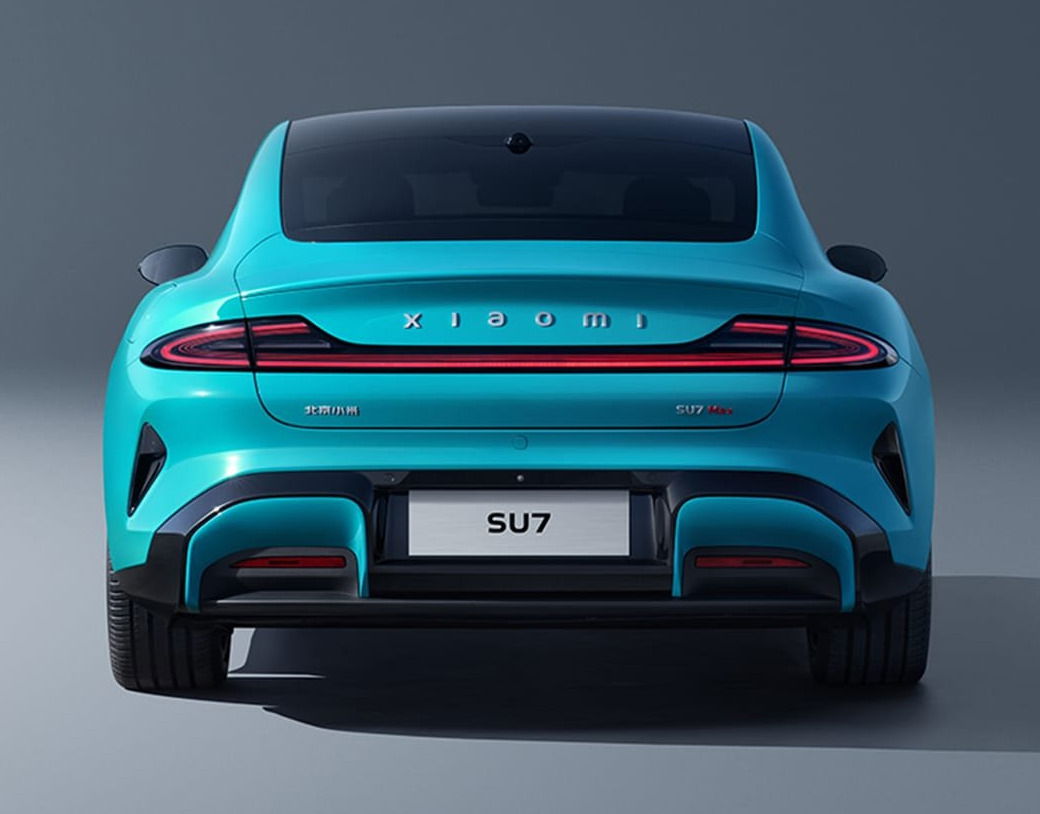
While the Xiaomi SU7 is initially targeted at the Chinese market, its innovative design and impressive performance could pave the way for international expansion in the future.
Here’s the thing.
Nigeria is one of Xiaomi's largest markets, significantly improving the likelihood of the car’s official market debut and availability in Nigeria and Africa.
According to reports, Xiaomi has emerged as a leading smartphone vendor in Nigeria, capturing an impressive 19% market share, surpassing industry stalwart Samsung, which holds a 7% share. That's a huge market to ignore, even for a country where the gross income per capita hovers around $2,140 as of 2022.
The Chinese company's rise can be attributed to its focus on delivering innovative products that meet the technological and economic needs of Nigerian consumers. Xiaomi's smartphones, such as the Redmi 13C, have gained trust and loyalty in Nigeria, making Xiaomi the brand of choice for Nigerians seeking powerful and affordable devices.
A similar value proposition and strategic marketing campaign should help the SU7 replicate the Xiaomi mobile devices market success.